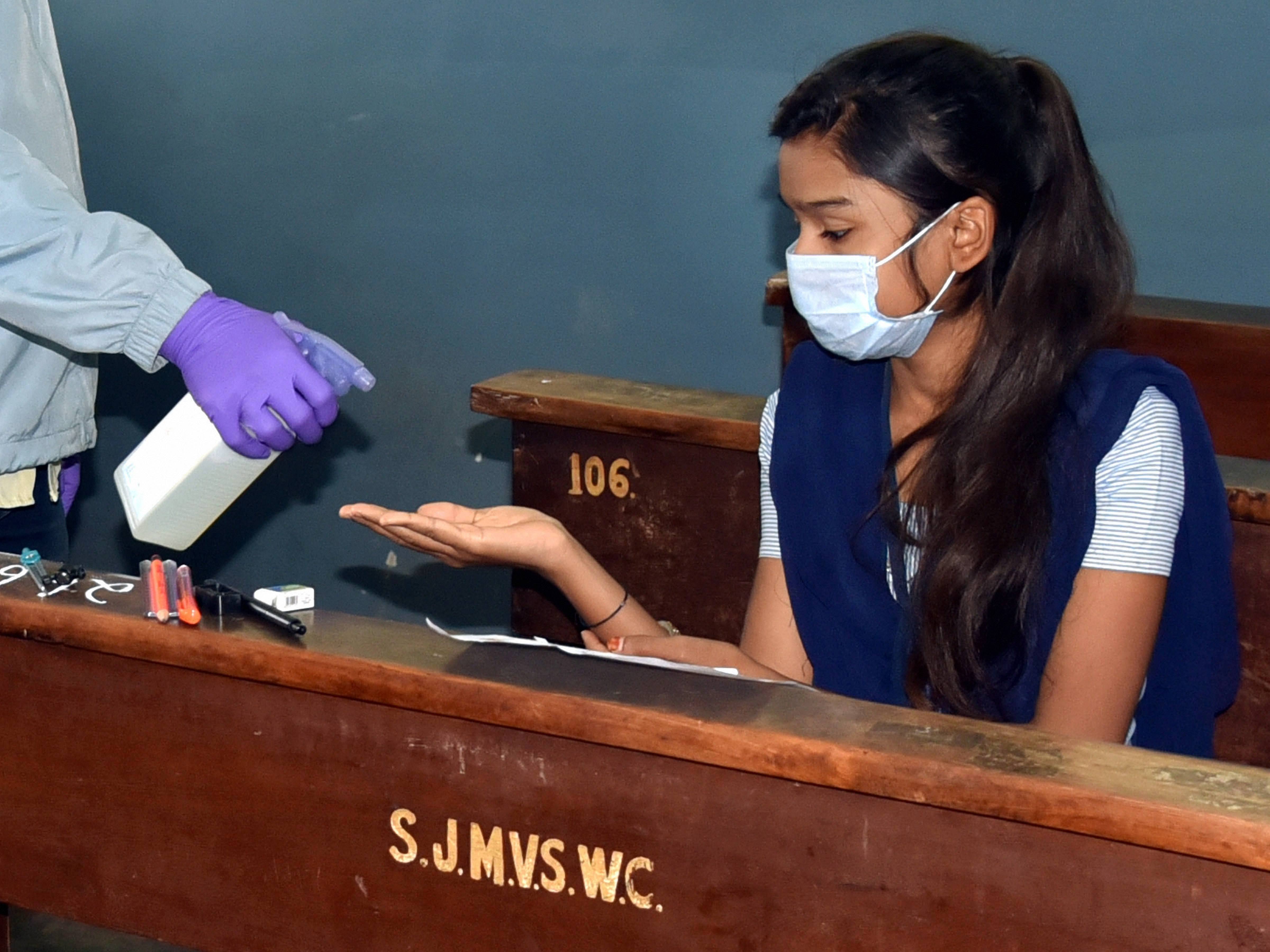Red Dragon, since seemingly you know more about this than what I do I will ask the question that I am unable to comprehend. The serological surveys showed that 23% in Delhi have developed antibodies. Does this mean that over time almost 45L-50L have been infected and cured. Does this mean the actual fatality rate is more like 0.1%. If yes, and since there are smart people making decisions at various bodies, why are lockdown measures still being so strictly enforced while the economy suffers despite the fatality rate being much lower than the earlier assumed number of 2%. Every life lost is a tragedy but the question is why the decisions that were taken at a data of 2% still in place when the new data says 0.1% which is probably in line with regular flu.
I am a noob with these things but what am I missing with these calculations.
Since I "seemingly" know a little bit of epidemiology, will try to answer your rather interesting questions:
1. Regarding serological surveys,
There are 2 types of serological studies
a. Antibody ( IgG and IgM) based
b.Antigen based assays
Antibody based tests are easiest, fastest, cheapest but have very low specificity and low sensitivity ( varies wildly depending on the duration of viral entry, which is not to be confused with incubation period IP) since we are still not sure of even the IP of the virus, they are of very little practical value.
Antigen based assays are usually of 2 types
a. Truenat
b. Gene Xpert
The truenat machines are rather crude and not fully automated.
I believe in India serology test is truenat based tests which seek out specific proteins only found in the virus, which the body’s immune response recognises as 'foreign'. Most COVID-19 antigen tests target the 'spike protein' that studs the surface of the coronavirus.
Since it's swab based, there are 2 big issues with it
1. Faulty sample collection ( since no amplification, it's more technique dependent than RT-PCR)
2. It will only be positive in "current" infection,
since we don't know how long a patient remains infective, it doesn't really help in breaking the transmission chain
This test merely represent a very gross estimation of current load of the disease ( and every symptomatic with negative antigen should be tested with RT PCR)
I'm not sure of Delhi's ( any part of India/ world, for the matter) situation statistically anymore.
And to be very honest, these test results don't matter at all, given the current situation in India.
Yes, it helps to decrease public panic to certain extent, but that's all these data are good for.
If you really interested in useful data,
I can suggest you one...look out for infection per million in countries who have gone through the first wave of the epidemic, compare it with India's present infection per million.
Now if you want I can post a VERY COMPLEX equation to predict the approximate infection per million depending upon the population density , mean age, mean incubation period etc. But it's extremely complex.
I do not want to comment on mortality rate and spread fear, just use common sense and data from other countries.
Indian doctors are finally agreeing with long term.lung damage after the primary infection, so calculating mortality during the ascending limb of epidemic curve is not very wise.







 .
. 






